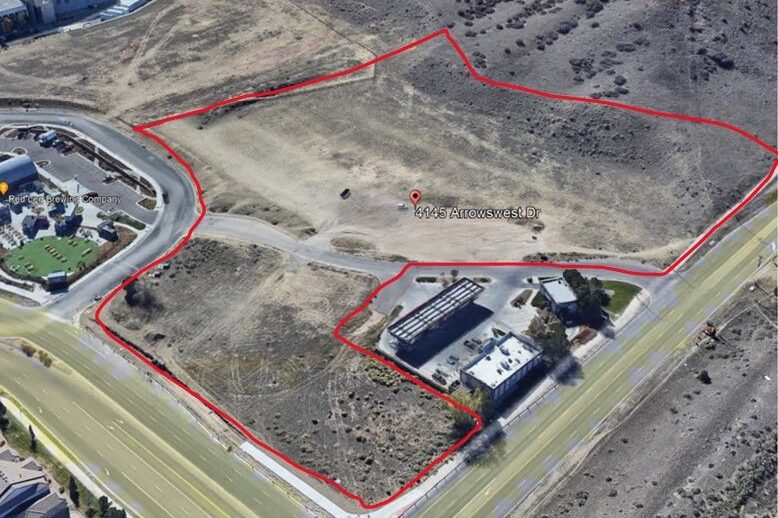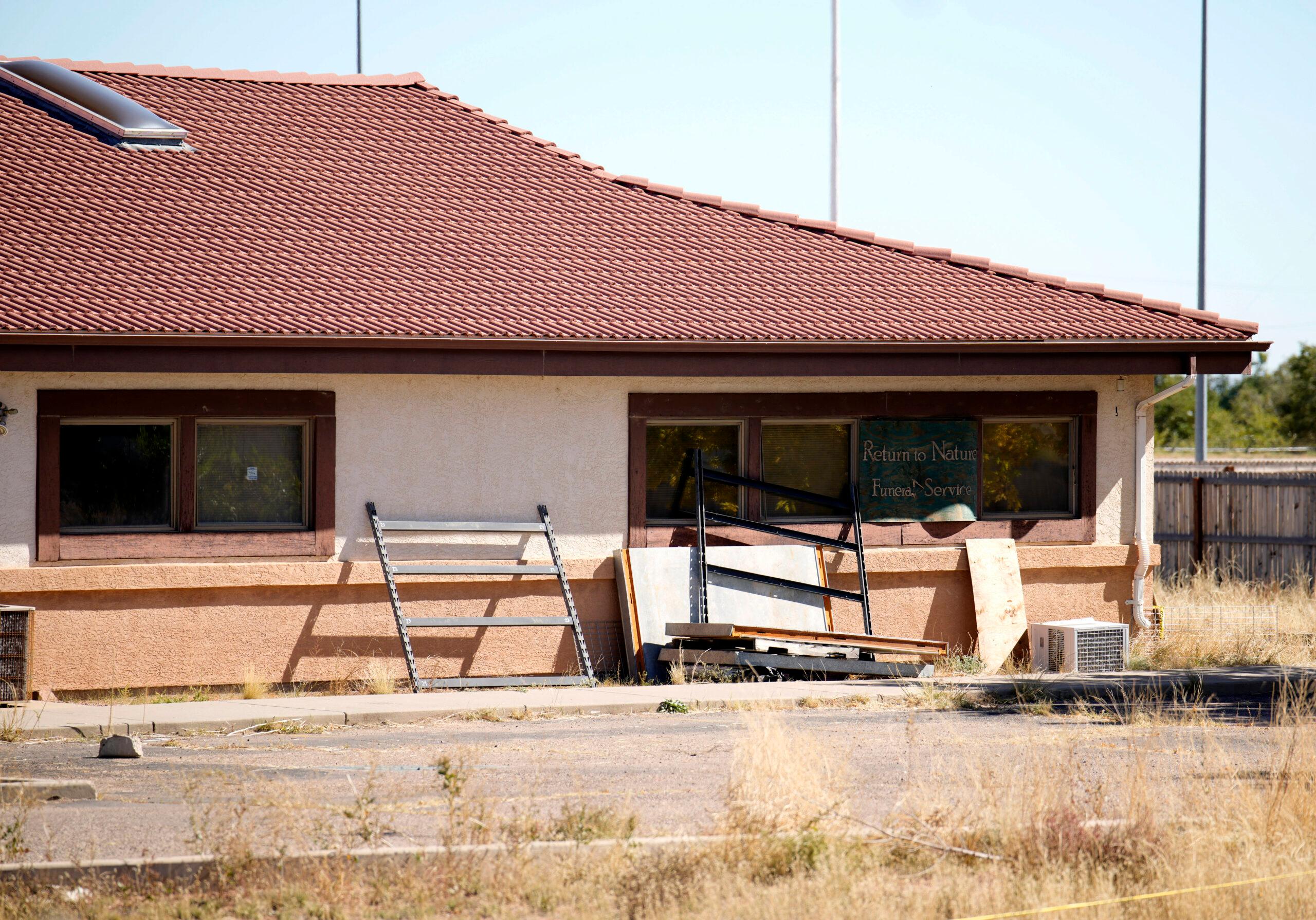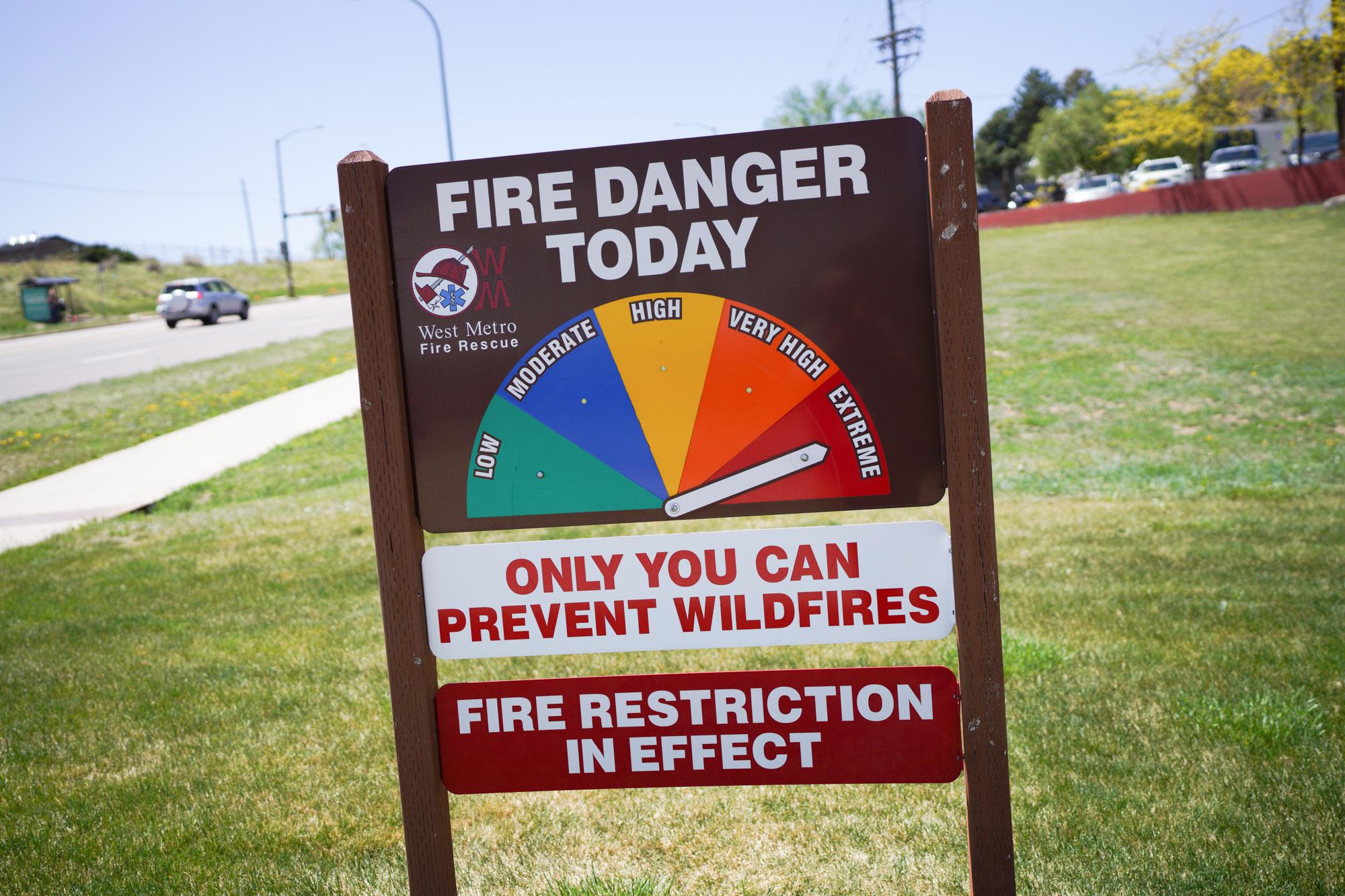
This is “Looking UP! in southern Colorado,” from the Colorado Springs Astronomical Society. I’m Hal Bidlack, and there are lots of reasons to look up!
Lots of us get lonely sometimes, and wish we had more friends around. If you’ve ever felt this way, imagine how the star Fomalhaut must feel.
If you look off to the west this time of year you’ll see one bright star dominating evening sky. Well, maybe dominating isn’t the right word. Maybe the right word is, “wow that star must be lonely out there because are no other stars around it.”
In fact, Fomalhaut is one of the brighter stars in the sky -- there only 17 stars that are brighter. But, you have to look a long way away from Fomalhaut to find another bright star. It is the most distant bright star from any other bright star, in the sky. So when you see it, please say hi, it’s probably lonely.
But there’s another remarkable thing about Fomalhaut. You may have heard in the last few years that astronomers have discovered actual planets orbiting other stars. Such planets are usually discovered by observing the stars slightly dim as their planets pass in front of them, relative to the Earth. Fomalhaut is special because it was the very first star where, in 2008, astronomers were actually able to take a picture that showed a Neptune-sized planet orbiting the star. So maybe Fomalhaut isn’t so lonely after all.
It is about 25 light years from Earth, which is relatively close, astronomically speaking. It’s just about twice as big as our own sun but is thought to be much younger, only 200 to 300 million years old, compared our 4 billion-year-old Sun. And because it is bigger, hotter, and is burning through its nuclear fuel faster, Fomalhaut will likely last only about 1 billion years or so. So when you say hi to the lonely star, be sure to wish you good luck, it’s going to need it pretty soon.
If you’d like to take a closer look at Fomalhaut or any of the other wonderful and amazing things in the sky, please visit KRCC.org or CSASTRO.org for a link to information on our monthly meetings and our free public star parties! http://csastro.org
This is Hal Bidlack for the Colorado Springs Astronomical Society, remembering my dear friend and mentor, Jim West, our Society president, and the other voice of Looking Up, who passed away unexpectedly last month. We miss him and know he would want me to tell you to keep looking up, Southern Colorado!







